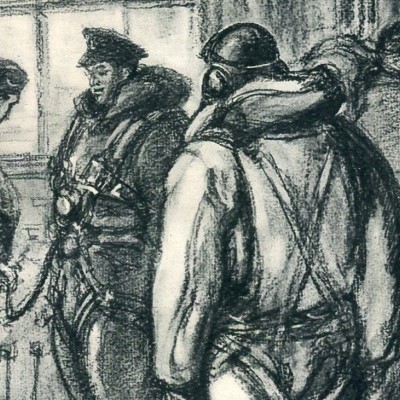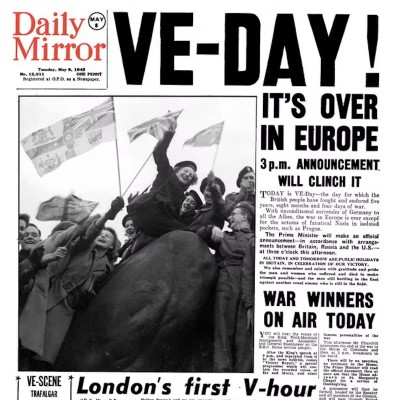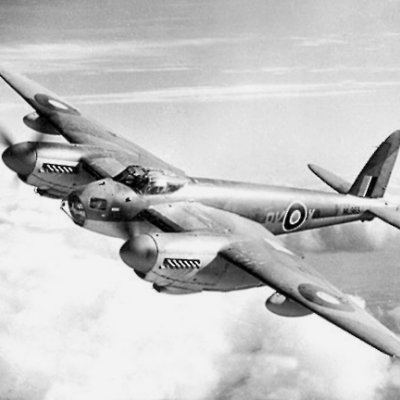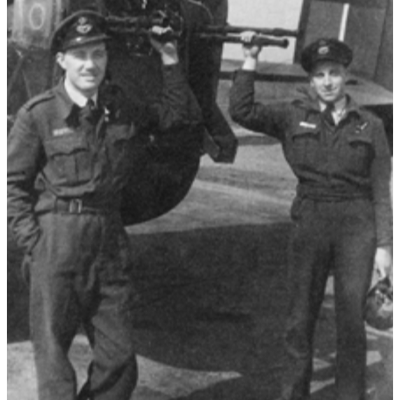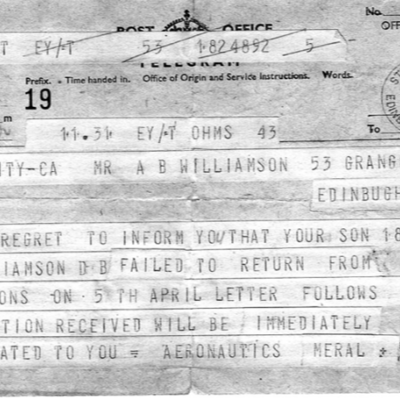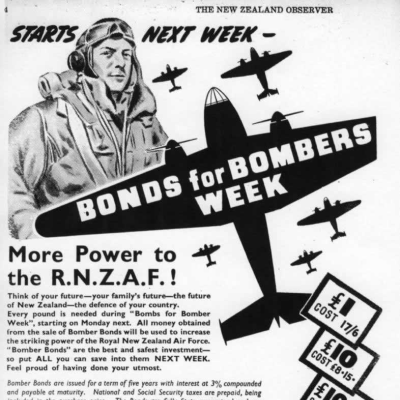Stories
Stories
Rear Gunners’ Electrically Heated Suits
Tail Gunners, in their Perspex turrets were exposed to freezing conditions on their flights. The temperature in the turret, could drop to -40°C. To combat this, electrically heated suits were developed by the Royal Aircraft Establishment (RAE) as part of their "RAE system" of wired and heated clothing.
Victory in Europe – Eighty Years Ago
For the thousands of New Zealanders serving with the RAF in Britain, Victory in Europe - VE Day – on 8 May 1945 was a day of triumph, reflection, and bittersweet emotion. While proud of their contribution, they remembered their comrades who would not return home.
Mossie Memories
The de Havilland Mosquito, famously known as the "Wooden Wonder," left a lasting mark on the memories of the pilots who flew it during World War II. With its exceptional speed, agility, and versatility, the Mosquito became legendary, and those who piloted it recalled the bond they shared with this remarkable aircraft.
A Very Lucky Man
Giving an ANZAC Day speech at our local hall, Bob Yates called himself a very lucky man. With the heaviest percentage losses of any of the western allies armed forces in WWII, those that flew in Bomber Command needed a lot of luck to survive. This is Bob Yates’ story, as told by his son, Robin Yates.
Failed to Return
In wartime, telegrams were used by governments needing to communicate quickly and efficiently. They were often used to send notice of a servicemen’s death, capture or wounding. So for the families of those serving, the arrival of a telegram was associated with bad news.
Liberty Bonds and the First Lancaster to New Zealand
To help fund the war effort, the New Zealand government encouraged people to put money into National Savings bonds. All manner of promotions were undertaken to encourage bonds, none more dramatic than that of the first Lancaster to visit New Zealand.
